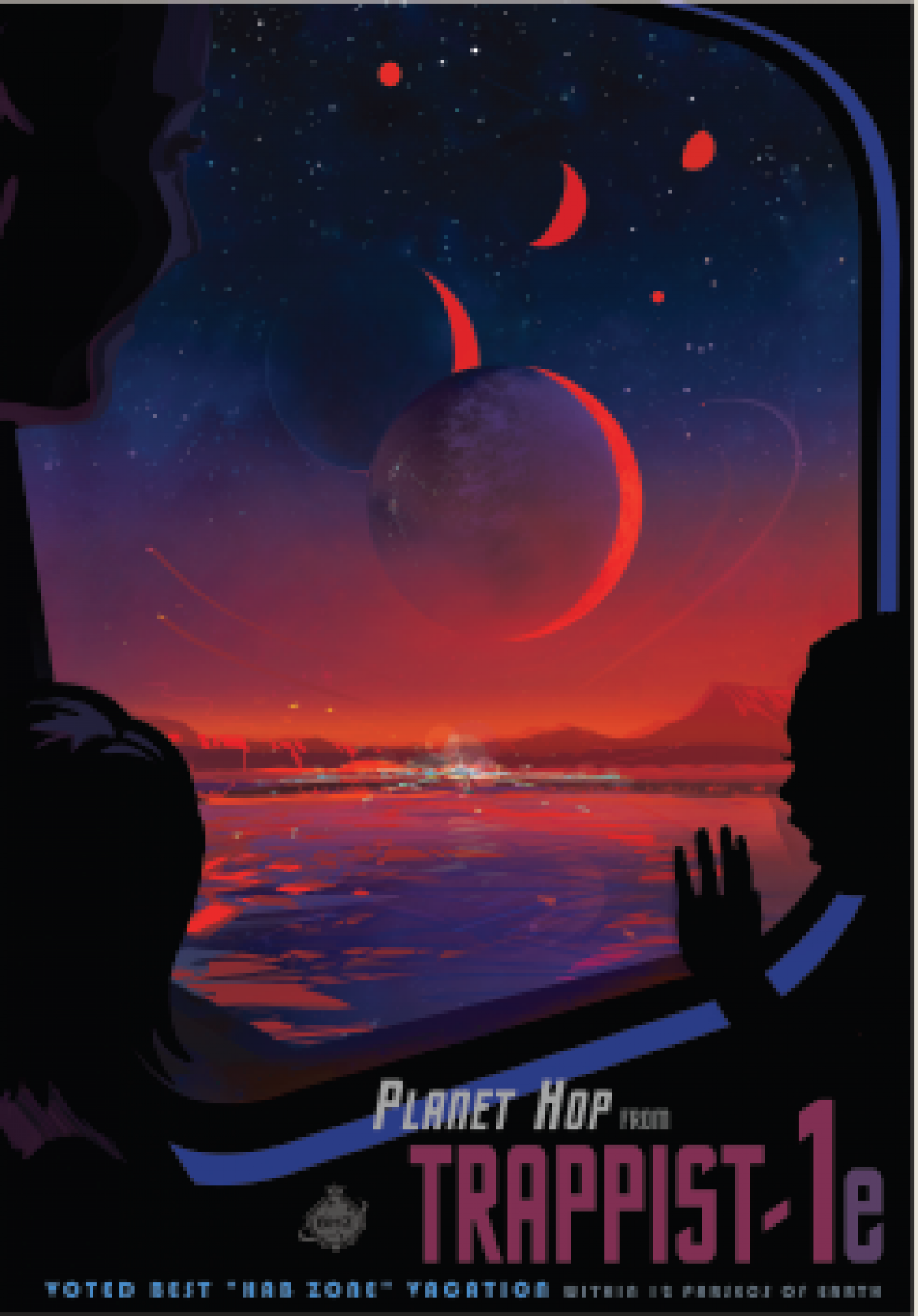
If life on Earth sometimes gets you down, you may need to consider taking a journey far, far away—and you can do just that in a new virtual reality simulation that explores six different exoplanets. And that's probably the best way to visit these alien worlds, to be honest, since some of them are far from welcoming.
Taken together, the destinations show just how much the field of exoplanet studies has developed since the very first discovery of a planet orbiting another sun was announced in 1992. It's pretty much impossible to keep track of new exoplanets at this point unless you run a website dedicated to doing just that (current tally: 3,550).
And what's perhaps most intriguing is that even with the limited information scientists can gather about these alien worlds, they all have their own individual characteristics that make them stand out from the crowd.

The video tour starts with LkCa 15 b, which is shockingly young, orbiting a star that's just 2 million years old, a baby in space terms. Right now, it's about six times the size of Jupiter, but it could shrink as it ages—puberty is hard on planets, too.
Then comes WASP-121b, which is classified as a "hot Jupiter," although it's a little larger than our own neighbor. Scientists think its atmosphere is so hot that the water in it literally glows.
Read more: Ross 128 b: Potentially Habitable Alien Planet is Hurtling Toward Us
Next up is HD209458b, nicknamed Osiris because of its "dead" status—it once was a gas giant but is in the process of losing all but its core. But in space, dead is never boring, and scientists have already confirmed that Osiris's atmosphere contains boiling hydrogen, carbon, and oxygen, a trifecta of elements crucial to life.
Destination number four is Kepler-62e, which unlike earlier tour stops may be a watery world, about half again as large as Earth with a year that lasts about four months. It also has an intriguing neighbor, Kelper-62f, which scientists also have their eye on for possibly hosting water.
Then we swing by 55 Cancri e, which is almost twice as big as Earth and the site of a violent temperature dichotomy between its two sides, since one is always stuck facing the star. There might be lava constantly flowing over its surface on the hot side, and even the cooler side clocks in at more than 2,000 degrees Fahrenheit. Maybe don't visit this one in person?
The final stop on the tour is TRAPPIST-1e, a new exoplanet spotted just this year along with six other planets, all orbiting a star even older than ours. TRAPPIST-1e would boast a red sky with neighboring planets looming large.

If that itinerary sounds incredible, buckle your seatbelt and get ready for an adventure organized by Engine House VFX and narrated by a team of planetary scientists at the University of Exeter. If you have a VR headset, now is the time to dig it out, but never fear—you can also watch the video on your phone or computer:
Happy arm-chair adventuring!
Uncommon Knowledge
Newsweek is committed to challenging conventional wisdom and finding connections in the search for common ground.
Newsweek is committed to challenging conventional wisdom and finding connections in the search for common ground.
About the writer
Meghan Bartels is a science journalist based in New York City who covers the science happening on the surface of ... Read more





